- Home
- ::
- TRUF.Network Explained: What the TRUF Crypto Coin Does and Why It Matters
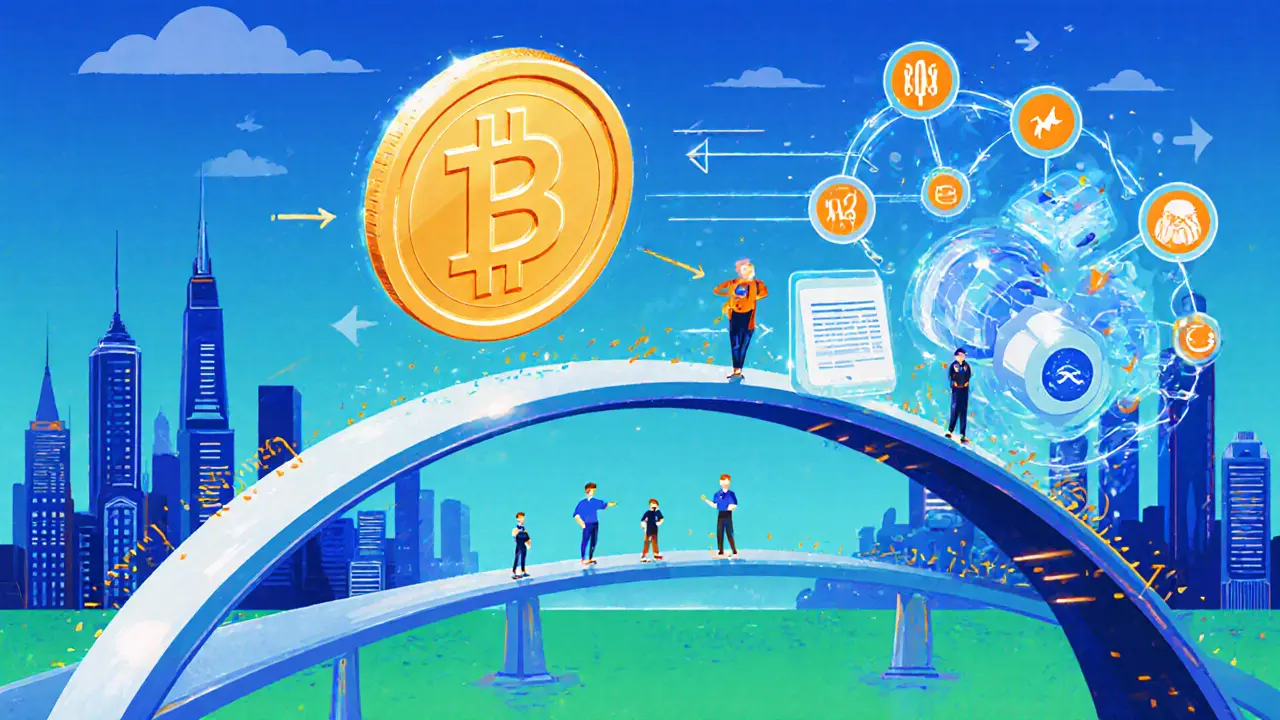
TRUF.Network Explained: What the TRUF Crypto Coin Does and Why It Matters
TRUF Token Distribution Calculator
60% of total supply released over 8 years (monthly).
Current: 600 million TRUF
25% of total supply with 2-year vesting.
Current: 250 million TRUF
13% of total supply with 2-year vesting.
Current: 130 million TRUF
2% of total supply with 2-year vesting.
Current: 20 million TRUF
When you hear TRUF.Network a decentralized infrastructure protocol that supplies real‑time economic data via blockchain oracles, you might wonder how it fits into the broader crypto world. In simple terms, TRUF.Network builds a reliable bridge between real‑world economic metrics-like inflation, wages, and consumer price indexes-and decentralized finance (DeFi) applications that need that data to function correctly.
TL;DR
- TRUF.Network is an Ethereum‑based oracle that specializes in economic data.
- The native TRUF token fuels the network, enables payments, and grants governance rights.
- Tokenomics: 1billion supply, 60% to the ecosystem, 25% to investors, 13% to the team, 2% to advisors.
- Key products: Truflation (inflation tracker), Nuon Flatcoin (purchasing‑power‑stablecoin), Index.fun (custom DeFi indexes).
- Competes with Chainlink by focusing exclusively on macro‑economic data.
Core Architecture of TRUF.Network
The technical backbone is known as the Truflation Stream Network a standalone Byzantine fault‑tolerant (BFT) network that aggregates and validates millions of data points daily. The BFT design ensures the network can continue operating even if some nodes act maliciously or go offline.
Four components keep the system humming:
- Adapters pull raw numbers from 80+ sources, ranging from government statistical bureaus to private market feeds.
- Events Context normalizes and timestamps each datum, preparing it for consensus.
- Data Streams aggregate the information, run statistical checks, and achieve a final, tamper‑proof value.
- Indexes package the verified data for on‑chain consumption by DeFi protocols.
Developers interact with the network through SQL smart contracts contracts that let you write familiar SQL queries directly on the blockchain. Under the hood, the contracts talk to a PostgreSQL‑backed data layer, giving the system the robustness of traditional databases while preserving decentralization.
TRUF Token Utility
The TRUF token an ERC‑20 coin that powers the TRUF.Network ecosystem wears three hats.
- Staking for node operation: Anyone who wants to run a data‑provider node must lock TRUF tokens through the Governance Portal. This collateral aligns node operators with the protocol’s long‑term health.
- Payment for data access: DeFi apps pay TRUF to retrieve inflation rates or wage indexes. Those fees flow back to the node operators and data contributors.
- Governance participation: Holders can lock TRUF for a set period to receive veTRUF Vote‑Escrow TRUF tokens that grant voting power proportional to lock duration. This model, first used by Curve Finance, ensures that long‑term stakeholders shape protocol upgrades.
Tokenomics & Supply Details
TRUF’s total supply caps at 1billion tokens. The distribution aims to keep the ecosystem liquid while preventing runaway inflation.
| Stakeholder | Percentage | Vesting / Release |
|---|---|---|
| Ecosystem reserves | 60% | 8‑year linear release, monthly |
| Investors | 25% | 2‑year vesting |
| Team | 13% | 2‑year vesting |
| Advisors | 2% | 2‑year vesting |
As of October2025, roughly 392.9million tokens (39% of the total) circulate. The remaining tokens sit behind smart‑contract locks that gradually release according to the schedule above, creating a deliberately disinflationary environment.
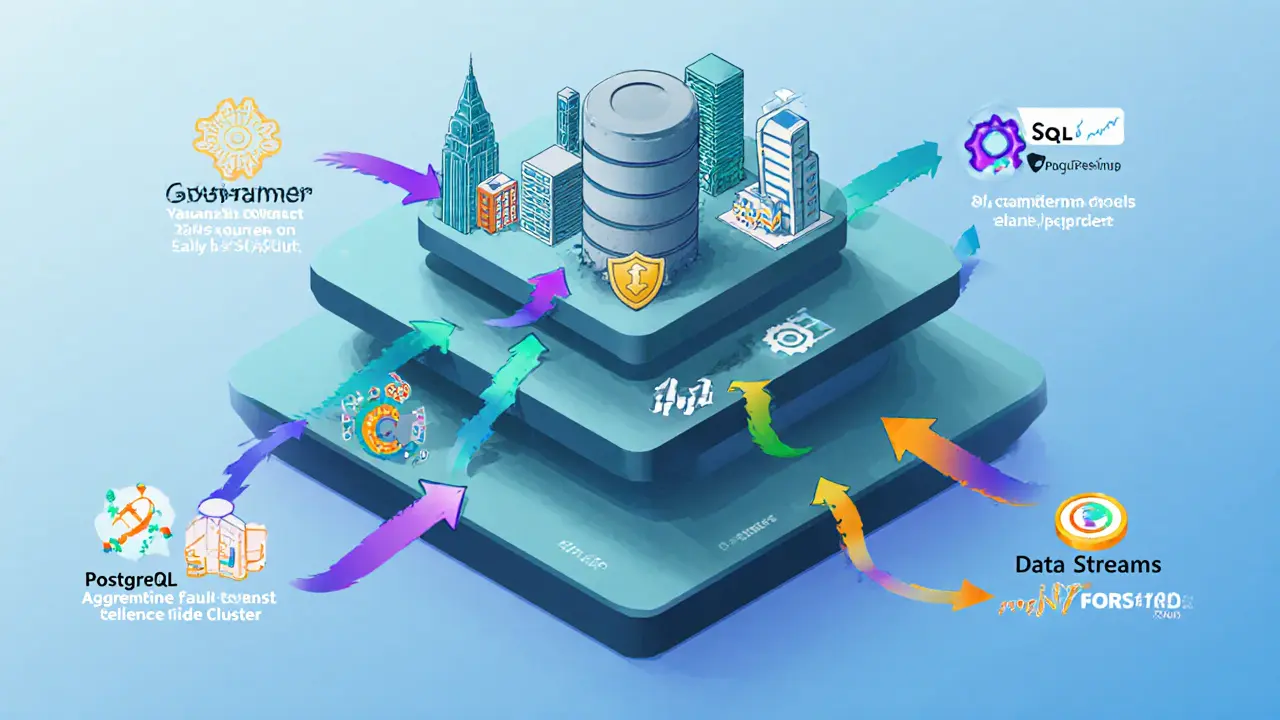
Real‑World Applications Powered by TRUF
The most visible product is Truflation a daily inflation tracker that aggregates data from diverse sources to produce bias‑free CPI estimates. Unlike government‑published indexes that update monthly and rely on surveys, Truflation refreshes every 24hours, giving DeFi protocols a near‑real‑time view of price‑level changes.
Another innovation is Nuon Flatcoin a stablecoin that pegs to purchasing power instead of a fiat currency. By tying its value to the TRUF‑derived inflation index, Nuon adjusts its supply algorithmically to preserve buying power, addressing the erosion problem that plagues fiat‑pegged stablecoins.
Index.fun a DeFi platform allowing users to build and trade custom financial indexes based on on‑chain and real‑world data also leans on TRUF data feeds. Users can craft indexes that, for example, track the performance of commodities adjusted for inflation, then trade them like any other token.
Market Performance (October2025)
TRUF trades on 12 exchanges, with the bulk of volume on the TRUF/USDT pair (about $443K daily, 92% of total). The token price hovers around $0.0188, giving a market cap of roughly $9.1million and a fully‑diluted valuation near $23.2million. Daily volume averages $465K, indicating modest but steady interest.
While the token’s market share sits at a tiny 0.00021% of the crypto market, the niche it serves-decentralized macro‑economic data-has been growing fast, especially as DeFi protocols demand reliable inflation inputs for interest‑rate models and lending rates.
Competitive Landscape: TRUF vs. Traditional Oracles
Most crypto users know Chainlink the leading general‑purpose oracle network. While Chainlink offers a wide range of data feeds (price, weather, sports), it does not specialize in macro‑economic metrics.
| Feature | TRUF.Network | Chainlink |
|---|---|---|
| Primary data type | Inflation, wages, CPI, macro indexes | Broad (crypto prices, commodities, sports) |
| Consensus model | Byzantine fault‑tolerant network + multi‑source validation | Proof‑of‑Authority nodes + staking |
| Smart‑contract language | SQL‑based contracts (PostgreSQL integration) | Solidity/EVM |
| Token utility | Payments, staking for data, governance (veTRUF) | LINK used for staking & payment |
| Specialized products | Truflation, Nuon Flatcoin, Index.fun | Price feeds, randomness, verifiable computation |
By narrowing its scope, TRUF can offer deeper data verification, faster updates, and tighter integration with DeFi products that need accurate macro data. That focus also means the network can attract niche developers looking for precisely the kind of economic feed Chainlink does not prioritize.
Roadmap & Future Outlook
Looking ahead, the team plans three major upgrades:
- Expand source coverage to over 150 data providers, reducing single‑point bias.
- Introduce a privacy‑preserving layer using zero‑knowledge proofs to protect proprietary data while still delivering verified results.
- Launch a suite of DeFi primitives-interest‑rate swaps and inflation‑linked derivatives-built directly on top of the TRUF data layer.
Adoption will ultimately hinge on how many DeFi protocols integrate TRUF feeds. Early signs are promising: several lending platforms already use TRUF‑derived CPI to adjust loan interest rates, and a handful of synthetic asset providers are experimenting with inflation‑indexed tokens.
Given the rising demand for transparent, bias‑free economic data, TRUF.Network is positioned to become the go‑to oracle for macro‑financial inputs. Investors should watch token supply releases, ecosystem growth, and real‑world product launches to gauge long‑term upside.
Frequently Asked Questions
What problem does TRUF.Network solve?
It provides real‑time, decentralized economic data-like inflation and wage indexes-so DeFi apps can make decisions based on unbiased, up‑to‑date information instead of lagging government reports.
How can I earn TRUF tokens?
Earn TRUF by running a data‑provider node, contributing source data, or simply selling the token on supported exchanges. Staking nodes also receive a share of fees paid by data consumers.
Is TRUF token inflationary?
The total supply is fixed at 1billion. New tokens are released from the ecosystem reserve over eight years, creating a controlled, mildly disinflationary schedule.
How does governance work?
Token holders can lock TRUF for a chosen period to receive veTRUF. The longer the lock, the more voting power you get on protocol upgrades, fee structures, and new data source additions.
Can I use TRUF data on my own smart contract?
Yes. The network offers APIs and SDKs. You pay a small amount of TRUF per query, and the data is delivered via on‑chain SQL smart contracts that you can call from any EVM‑compatible contract.


 Finance
Finance
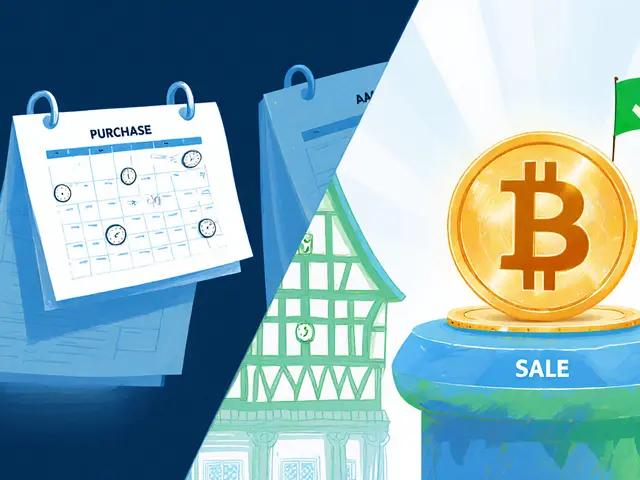
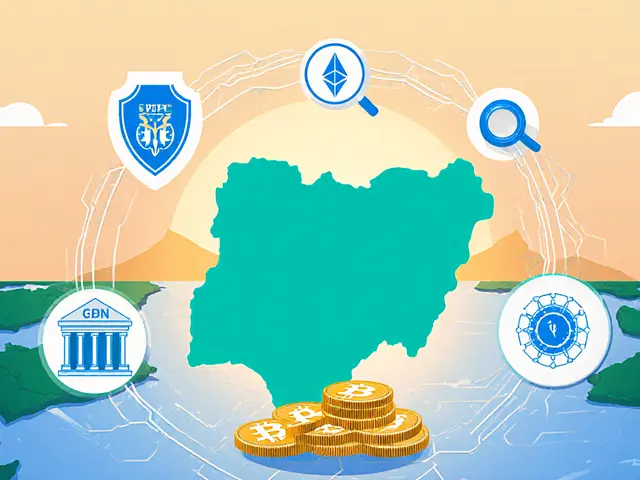

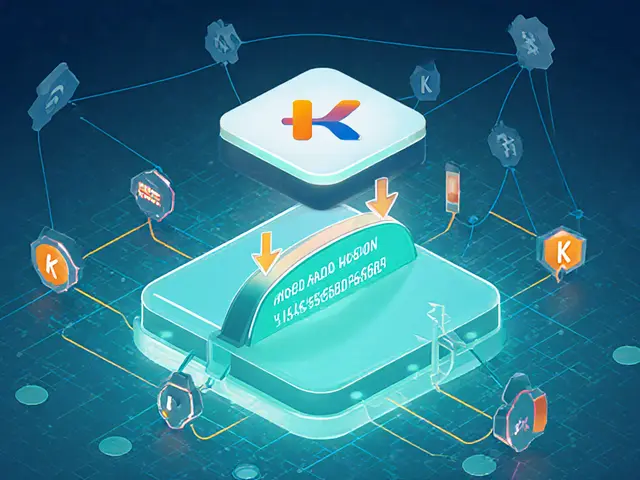

Write a comment